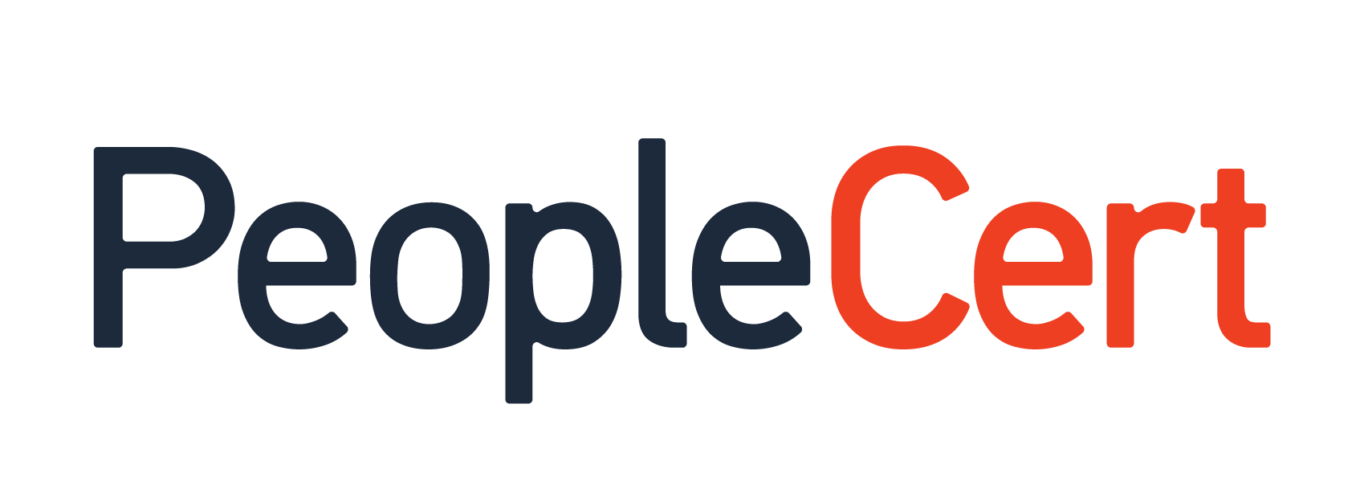Arkadiusz Urbański, in his entry about extending PMBOK® with new ideas, tackled different approaches to project life cycles in an interesting way. But what should you consider when choosing? The content of the Agile Practice Guide comes to our aid.
There are more than one or two criteria:
- Requirements – or rather their state, ranging from static, known and not very variable, to dynamic, subject to frequent changes or even unknown.
- Activities – i.e. activities or groups of activities undertaken during the project implementation, repeated many times or addressed once.
- Result –product, service, final result that is delivered to the client once at the end of the project in its entirety or divided into smaller, but ready-to-use parts.
- Objective – understood not as the goal of our design activities, but the goal behind the choice of the project life cycle.
| Characteristics | ||||
| Approach | Requirements | Activities | Result | Objective |
| Predictable | It's settled | Performed once for the entire project | Delivered once at the end of the project | Cost management |
| Iterative | Dynamic | Repeated until the result is correct | Delivered once at the end of the project | Correctness of the solution |
| Incremental | Dynamic | Performed once for a given increment | Frequent delivery of smaller, ready-made results | Fast pace |
| Agile | Dynamic | Repeated until the result is correct | Frequent delivery of smaller, ready-made results | Customer value through frequent deliveries and feedback
|
Source: PMI Agile Practice Guide
By considering these aspects, we can make assumptions about which project life cycle will be more appropriate for the challenge we are facing or its fragments, keeping in mind the possibility of using hybrid approaches. However, none of these cycles will be perfect for all projects.
We can combine two more factors to choose the right approach, giving us a greater chance of achieving success. This is the expectation of frequency of delivery of the result versus the expected level of change.
In this way, we will also get a hint about which solution may work more effectively in a specific case.
However, there may be more factors influencing the choice, or rather the comfort of using, a given project life cycle. Such as the level of knowledge capitalization in the organization or the ability of stakeholders to engage in ongoing assessment and providing feedback on partial results. What other criteria do you take into account when planning your projects?
Author: Łukasz Lipski











